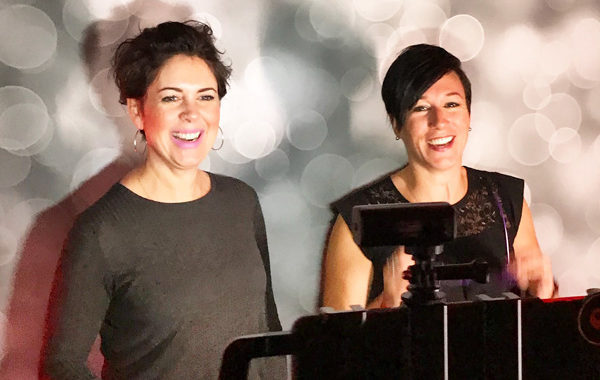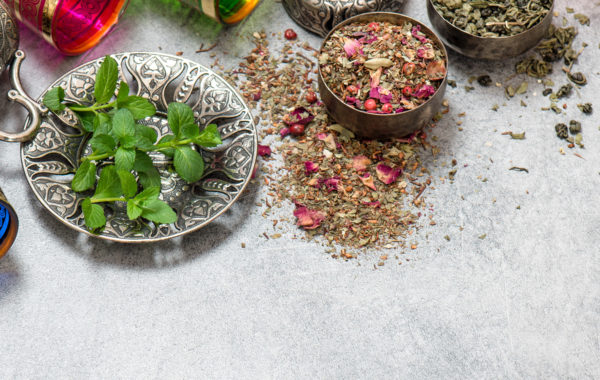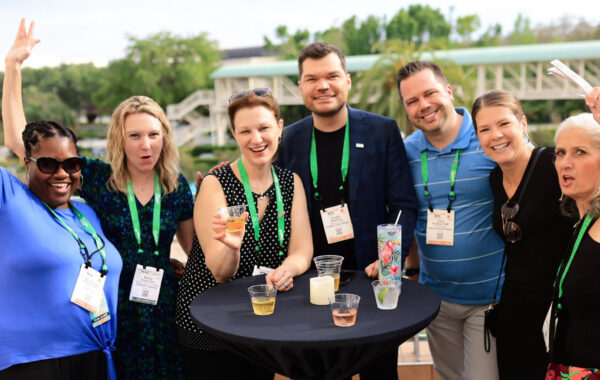It’s no secret that workplace culture plays a big part in fostering creativity (for the record, we feel creativity applies to almost any industry) and major companies like Google and Facebook are famous for their massive campuses and innovative environments designed to unleash creativity in their employees. While we might not have the budget or the reach that Google does, we recently challenged ourselves to go further and do more to build an environment where courageous creativity can grow and thrive, and Dustin has been talking about our discoveries in a series of speaking engagements over the past couple of months.

For those who haven’t been lucky enough to see him spin this yarn in person, we’re bringing you a virtual-world, Coles-notes version here, but should you get the chance, trust us when we say you’ll want to go see him live because Dustin really knows how to hold a room (now to get him to approve this blog post with that sentence in it). Here are three keys we’ve discovered to building a courageous creative culture.
Part 1: The People
Like most things in life, culture and creativity starts and ends with people. Our philosophy has always been to bring great people on board, and then over time, find the perfect role for each of them to shine in and do their best work through.
 Truly understanding your people – how they think and what they are passionate about – is a huge part of creating a positive, encouraging culture dynamic that allows people to not only find and excel at their perfect role, but to have the comfort level and courage to be creative, to push their limits, and to know that they’ll be supported.
Truly understanding your people – how they think and what they are passionate about – is a huge part of creating a positive, encouraging culture dynamic that allows people to not only find and excel at their perfect role, but to have the comfort level and courage to be creative, to push their limits, and to know that they’ll be supported.
 Part of building a great team is capitalizing on differences in personalities and styles, including strengths and weaknesses. We found 16personalities to be an amazing resource that sheds so much light on what makes each person tick in their own unique way, and how we can work together in better and better ways. Once you know your existing team well and understand the dynamic behind how they work together, you can also approach hiring with the intention of building on opposing strengths. Knowing your team will influence the next two parts here as well – like we said, it all starts and ends with people.
Part of building a great team is capitalizing on differences in personalities and styles, including strengths and weaknesses. We found 16personalities to be an amazing resource that sheds so much light on what makes each person tick in their own unique way, and how we can work together in better and better ways. Once you know your existing team well and understand the dynamic behind how they work together, you can also approach hiring with the intention of building on opposing strengths. Knowing your team will influence the next two parts here as well – like we said, it all starts and ends with people.
Part 2: The Process
Creativity isn’t a tap you can turn on at will, and there is definitely a process to making sure that each new project we take on is inspired and feels fresh. When it comes to developing your process, you’re going to want to understand your people (are we driving this people thing home enough yet?), building on their opposing strengths and providing structures, outlets, and opportunities that work for each personality. In order to create the type of environment where ideas can flow and people feel brave enough to put anything and everything out there, you need to make sure that it’s about collaboration, not competition. Give this a read to really get into what makes for successful collaboration.
Developing a space where your team can constantly share ideas can really aid your process. That space can be digital, like collaboration and conversation intranet service Honey, or analog, like a group inspiration wall. We also believe that you never let a good idea die – if something great didn’t fly this time around, just put it on ice somewhere and the perfect opportunity to use it will show up eventually.

Lastly, give your team enough time and space to be creative. While significant leaps in technology have changed and improved our lives in many ways, they have also created short attention spans and high expectations which can be detrimental to creativity. Even if a timeline is short, be intentional in looking for ways to carve out space for the creative process.
You’ll find a bunch of really tangible tips for boosting your team’s creative process – things like responsible Pinterest-ing, constant sharing among your team, and why you should be attending events – right here. Go read that; we’ll wait here with Part 3.
Part 3: The Place
The last piece of the culture puzzle is the physical space that you’re working, collaborating, and vibing in. This part is more tangible and has an inherent ‘cool factor,’ which is why this is the part you’re used to hearing about and seeing in the thousands of articles about the Google campus, or every ad agency’s Instagram feed. Beyond the hype, there’s definitely a ton of value in considering how your space enhances or blocks your team’s ability to collaborate and be creative.
We’ve been doing a lot of research on this as we move through the planning and now renovation phases of our new building, and we’ve learned so much. We’re forgoing the traditional office concept for a space designed to bring others in, to provide space for community groups, to team up with our friends and partners under one roof – you can read more about it all here.
 Together with these larger concepts, we’re incorporating strategic features that build-in times and spaces for creativity, and that take the different personalities of our team into account. We recently toured five incredible coworking spaces in Vancouver, and the takeaways for designing a creative workspace – and progressive, thriving business – were massive. Don’t miss more about that here.
Together with these larger concepts, we’re incorporating strategic features that build-in times and spaces for creativity, and that take the different personalities of our team into account. We recently toured five incredible coworking spaces in Vancouver, and the takeaways for designing a creative workspace – and progressive, thriving business – were massive. Don’t miss more about that here.
If you have other ideas, thoughts, or experiences on supporting and fostering creativity in your culture, we’re all ears – drop us a line or hit us up on social media. If Dustin uses your ideas in his next speaker session, he’ll be sure to give credit where credit is due (*wink*). Let’s talk about how we can get creative and work together!




